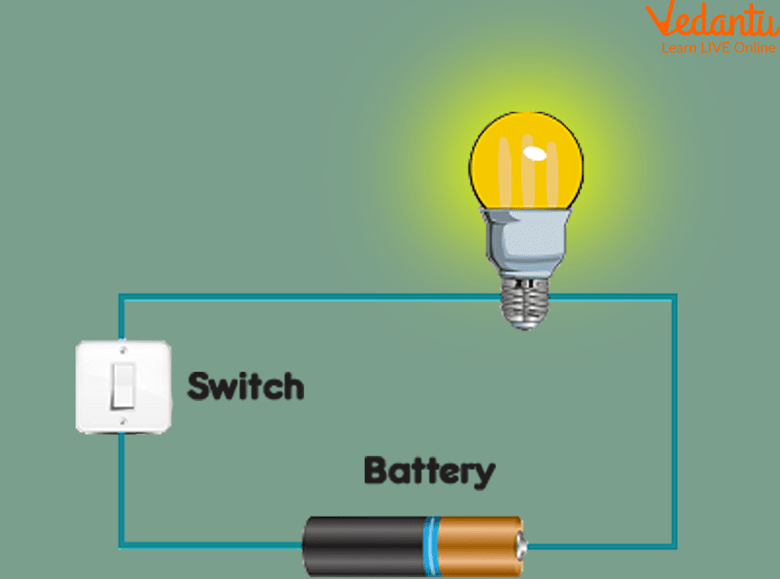In early 2024, the retail giant’s shares cost almost $182 apiece, prompting management to announce a three-for-one forward stock split. That meant shareholders received an additional two shares for each one they already owned, trebled the number of shares in circulation, and lowered the share price to a more affordable $58.52. A carve-out is a corporate term where the company divides the secondary company from its parent company as a free-standing company. The care-out is concerned with selling the company and selling and distributing the entity’s equity shares through an initial public offering (IPO).
Shareholders of a split-off are given the option to relinquish their shares of stock in the parent company in order to receive shares of the subsidiary company. The split-off is why nikola stock fell today also a tax-efficient way for the parent company to redeem its shares of stock. A spin-off, split-off, and carve-out are different methods a company can use to divest certain assets, a division, or a subsidiary. While the choice of a specific method by the parent company depends on a number of factors as explained below, the ultimate objective is to increase shareholder value.
- This article is intended for general information only, applies to the law at the time of publication, is not specific to the facts of your case and is not intended to be a replacement for legal advice.
- Baxalta’s board of directors rebuffed the offer, saying it undervalued the company.
- It has been almost a decade since a pure monopoly split was seen in the market.
- What the investor does with it after that (selling one, for example) is irrelevant from a fairness perspective.
- So, the original company will continue business as usual and any shares that one holds in the original company will depreciate because it has lost a critical, profitable part of itself.
Reverse Splits
It’s also possible that a company is forced to split up as the regulators believe it is exercising too much market power, disrupting the healthy balance in supply and demand. Burgelman, who previously wrote a book on Hewlett Packard’s evolution, says he was caught by surprise in late 2014 when Meg Whitman, HP’s chief executive, announced the corporate split. A straightforward demerger can often by undertaken without a tax penalty; whilst a partition demerger will gold and bond yields link explained usually suffer some tax leakage when it comes to stamp duty (at 0.5%). SmartVestor shows you up to five investing professionals in your area for free.
When splitting a company, there is greater urgency to define the target state business model and technology landscape and execute accordingly. When merging, you have the luxury of more time to operate independently and merge strategically. Assuming the investor response is favorable, the company then proceeds with the work of creating the new company. They must come up with a name, hire a management team, and decide on an organizational structure. They’ll also need to explain to customers how they will serve them during the transition and will likely need to find a new headquarters and office space.
First let’s define what is a corporate spin-off; a corporate spin-off is when a new company is created from the subsidiary or division of an existing (parent) company. The parent company creates a completely separate entity and issues new shares of the new entity to its existing shareholders. One of the most prominent examples was the spin-off of PayPal (PYPL) from its former parent EBay (EBAY) on July 17, 2015.
The 3 Primary Ways to Divide a Corporation Tax-Free: Spin-Offs, Split-Offs, and Split-Ups
In other words, a company creates a new business entity out of its existing divisions, subsidiaries, or sub-units. A company may choose to divest its “crown jewels,” a coveted division or asset base, in order to reduce its appeal to a buyer. This is likely to be the case if the company is not large enough to fend off motivated buyers on its own. Another reason for divestment may be to skirt potential antitrust issues, 50 200 day moving average crossover strategy especially in the case of serial acquirers who have cobbled together a business unit with an unduly large share of the market for certain products or services.
What is the cost basis after a corporate Spin-Off or Split-Off?
To induce parent company shareholders to exchange their shares, an investor will usually receive shares in the subsidiary that are worth a little more than the parent company shares being exchanged. For example, for $1.00 of a parent company share, the shareholder may receive $1.10 of a subsidiary share. The benefit of a split-off to the parent company is that it is akin to a stock buyback, except that stock in the subsidiary, rather than cash, is being used for the buyback.
Premium Investing Services
The separation of a company into two or more businesses will enable each one to focus on its own game plan, without the company’s executives having to spread themselves thin in trying to grapple with the unique challenges posed by distinct business units. A greater focus may translate into better financial results and improved profitability. Unlike a spin-off, the parent company generally receives a cash inflow through a carve-out. Company creditors may accept to have the company split up in such a way that they focus on its profitable business segments going forward and liquidate the unprofitable ones. Alternatively, a company may determine that splitting up its business may bring financial, operational, resource, or other advantages.


